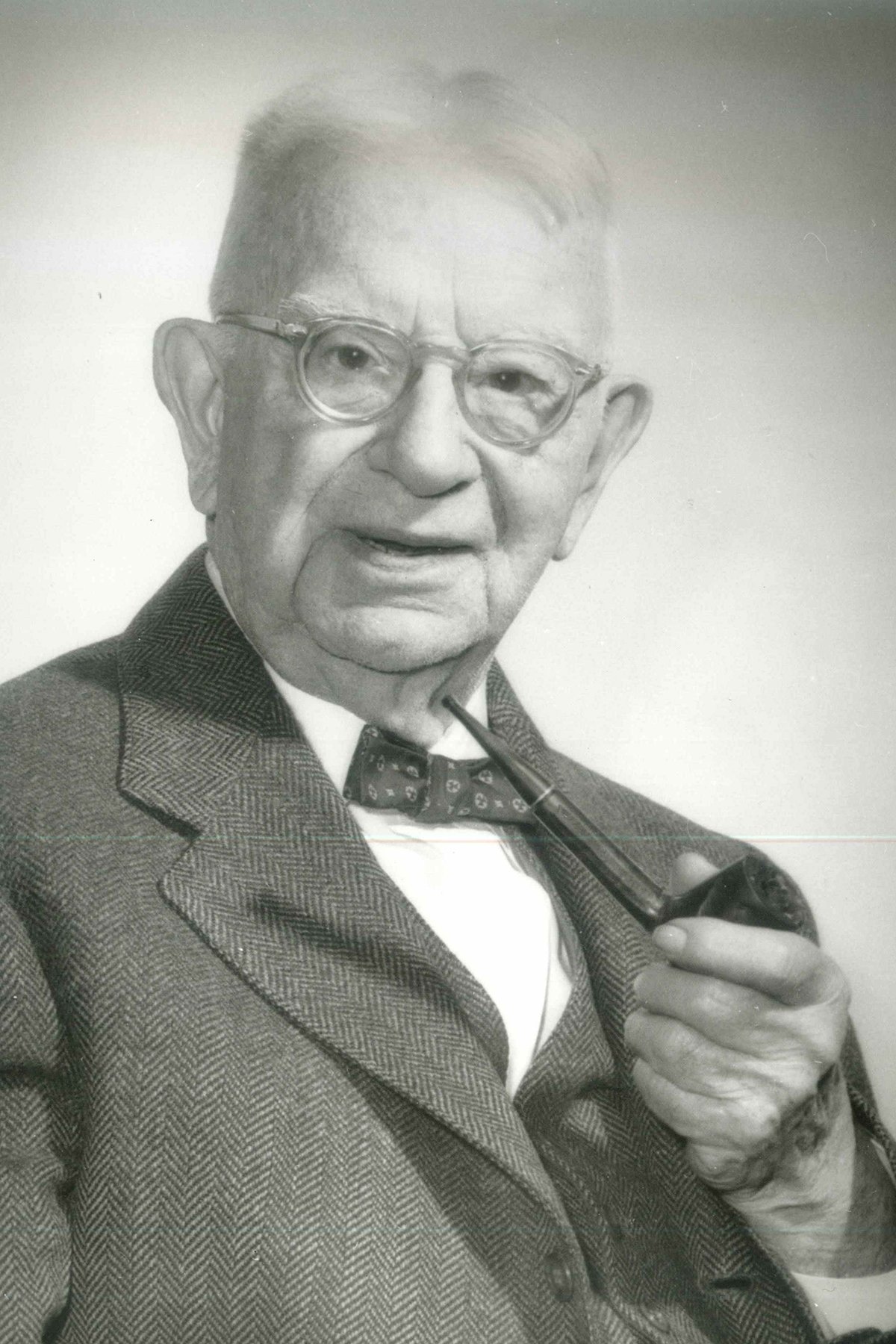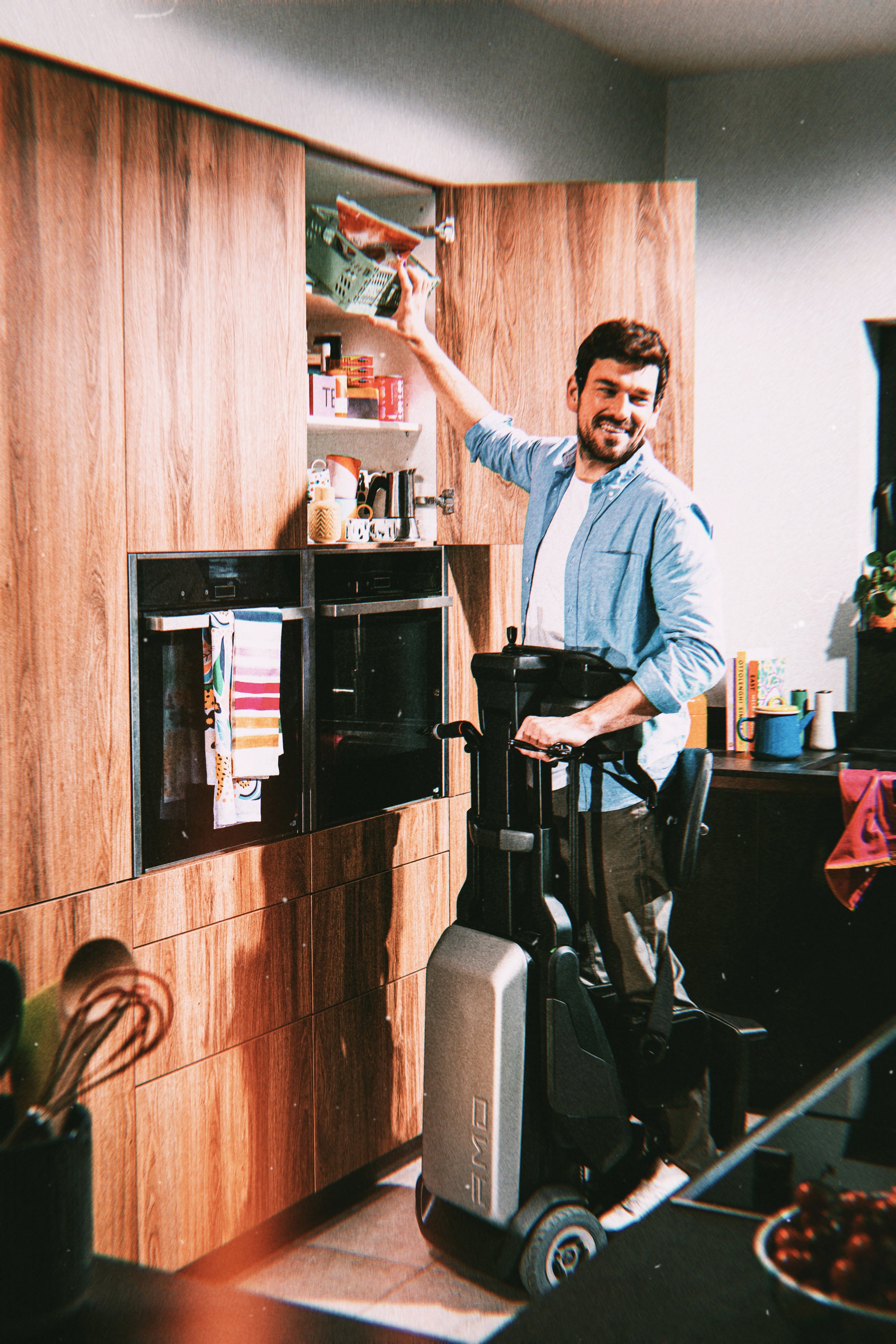World OT Day: What has an OT ever done for us?
At Anatomical Concepts, we work alongside many healthcare professionals and especially physiotherapists and occupational therapists. This is particularly useful when clients are at home and seeking a product demonstration. The therapist can provide us with rich information so that we can understand prior to a visit whether a product is likely to be safe and effective. Also from the client's point of view, they can trust that the therapist is advocating for them and can help them judge whether a product meets their needs.
October 27th marks the celebration of World OT Day, an annual event that aims to raise awareness about the crucial role occupational therapists play in society. This year's theme is "Unit through Community", highlighting the importance of collaboration and teamwork within the occupational therapy community.
Occupational therapists (OTs) are healthcare professionals who help people of all ages live their lives to the fullest by enabling them to participate in the activities they want and need to do. They do this by assessing individuals' needs and abilities, and then developing and implementing interventions to help them achieve their goals.
OTs work in a variety of settings, including hospitals, schools, workplaces, and homes and with people with a wide range of conditions, including physical disabilities, developmental delays, mental health conditions, and injuries.
What has an OT ever done for us? Well, there are two products where we tend to interact with OTs - the Tek RMD and the Carbonhand. We will explain how this works but first, let's look back at some of the history of Occupational Therapy
The Origins of Occupational Therapy
The profession of Occupational Therapy has a rich and diverse history that dates back to the early 20th century. This was a time of great change leading to a shift in societal norms and expectations. Dr. William Rush Dunton, a psychiatrist, and Eleanor Clarke Slagle, a social worker, are often credited as pioneers of this profession. They recognised the therapeutic value of occupation and began using everyday activities as a means of rehabilitating hospital patients.
During World War I and II, the demand for occupational therapy grew significantly. Therapists were instrumental in rehabilitating soldiers returning from war, leading to the expansion of the profession and solidifying its role in the healthcare system. The therapists employed crafts and activities to engage wounded soldiers, promoting both physical recovery and psychological wellbeing.
In the years following the wars, the focus shifted from craft-based interventions to a more holistic approach that considered the individual's unique needs, environment, and personal goals. This marked a shift towards today’s client-centred practice.
Margaret Barr Fulton MBE was a Scottish occupational therapist. Fulton was the first "qualified" occupational therapist to work in the UK. She worked at the Aberdeen Royal Asylum from 1925 until her retirement in 1963.
In the late 20th century, the profession started to place a higher emphasis on evidence-based practice and the scientific validation of treatments. Today, Occupational Therapy is a globally recognized profession, playing a pivotal role in a diverse range of healthcare settings.
How OTs help clients with the Tek RMD
The home environment is not always designed for wheelchair use
The Tek RMD (Robotic Mobilization Device) is a novel standing mobility aid that enables individuals with lower limb disabilities to stand and move around independently.
This innovative product can significantly improve the physical, psychological, and social well-being of wheelchair users. OTs can help potential clients understand how to get the best out of such a product and really maximise their independence.
Clients with many lower limb disabilities or weaknesses would benefit from increasing the amount of time they stand during the day. This is partly because standing is much healthier than being seated in a wheelchair. At the same time, the world (and our homes) tends to be designed for persons who can stand. Wheelchair users may be able to use adapted kitchens but not all homes are designed this way. What happens when you want to access that object on the top shelf?
There are various areas in which OTs are invaluable:
Guiding the client in methods of transfer on and off the Tek RMD
Establishing the suitability of the environment
Guiding any modifications to the client's environment
When it comes to transfering on to the Tek RMD, it needs to be boarded from the back. How this is best achieved is a function of both the user's physical ability and the equipment available.
An OT can assess the user's ability, perhaps encourage skill development, and can certainly advise on any necessary and sufficient equipment. For example, many home users would use a profile bed or a height adjustable plinth for transfers. Others may be able to make use of the optional transfer seat.
The layout of a home environment can make such a difference to the quality of life of a client. An OT will look at whether all areas of the home can be accessed and suggest modifications to ensure that a client is able to achieve their lifestyle goals.
With respect to the Tek RMD it is generally narrower than a wheelchair and shorter so is able to move around fairly easily indoors. Of course, an open plan layout with hard floor surfaces will make things easier. How are the widths of the doors and the heights of the thresholds? Can the client access the patio area or get in and out of the house? All of these things are within the OT's skill set.
How OT's help clients with the Carbonhand?
The Carbonhand is a new innovative robotic glove that helps persons with a weak grip. Weak grip is something that is a problem for many people, for example after a stroke, spinal cord injury, MS and many other conditions.
This can have a massive impact on quality of life. Being able to hold onto objects may affect a person's ability to work or even hold onto the means to feed themselves. Being able to perform self care is obviously important. Many OTs specialise in working with client's hands.
The Carbonhand provides clients with the ability to grasp and hold onto objects through a combination of a control unit, a glove and sensors.
This can greatly improve hand function and enhance independence for people with weak grip. Although primarily an assistive technology there is a training effect with some conditions and individuals. We are working with OTs to examine the impact of the Carbonhand with a variety of patient groups.
Conclusion
Occupational Therapists play an important role in allowing people to live more complete, independent lives. At Anatomical Concepts, we appreciate what they do and enjoy our interactions with them as they make our lives easier.








